25 March 1419: The golden rose from the Pope in Florence
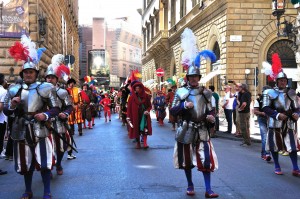 The 25 March, Feast of the Annunciation of Mary,it,For the city of Florence it has always been a particular day,it,From the Middle Ages to,it,In these days the civil year of Florence began,it,It was therefore the day of the Florentine New Year,it,Among the many chiefs, one is remembered in particular,it,celebrated none other than in the presence of Pope Martino V,it,who donated nothing less than the golden rose for the occasion to Fiorenza,it,The golden rose is the highest non -chivalrous recognition that the Pope grants since the year 1000,it,It was originally attributed to kings or queens,it,But after the,it,exclusively to the queens,it,Today it is granted by the Supreme Pontiff to the Marian sanctuaries,it,According to recent studies it seems that in addition,it,years the Popes have given them alone,it,Papa Martino V,en, per la città di Firenze è sempre stato un giorno particolare.
The 25 March, Feast of the Annunciation of Mary,it,For the city of Florence it has always been a particular day,it,From the Middle Ages to,it,In these days the civil year of Florence began,it,It was therefore the day of the Florentine New Year,it,Among the many chiefs, one is remembered in particular,it,celebrated none other than in the presence of Pope Martino V,it,who donated nothing less than the golden rose for the occasion to Fiorenza,it,The golden rose is the highest non -chivalrous recognition that the Pope grants since the year 1000,it,It was originally attributed to kings or queens,it,But after the,it,exclusively to the queens,it,Today it is granted by the Supreme Pontiff to the Marian sanctuaries,it,According to recent studies it seems that in addition,it,years the Popes have given them alone,it,Papa Martino V,en, per la città di Firenze è sempre stato un giorno particolare.
Dal Medioevo fino al 1750 in questi giorno iniziava l’anno civile di Firenze.
Era quindi il giorno del capodanno fiorentino.
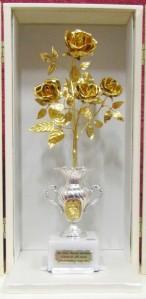 Tra i tanti capodanni se ne ricorda uno in particolare: that of 25 March 1419, celebrato nientemeno che alla presenza di Papa Martino V, il quale donò per l’occasione a Fiorenza niente meno che la Rosa d’Oro.
Tra i tanti capodanni se ne ricorda uno in particolare: that of 25 March 1419, celebrato nientemeno che alla presenza di Papa Martino V, il quale donò per l’occasione a Fiorenza niente meno che la Rosa d’Oro.
La Rosa d’Oro è il massimo riconoscimento non cavalleresco che il Papa concede fin dall’anno mille.
In origine era attribuito a re o regine, ma dopo il 1759 esclusivamente alle regine.
Oggi viene concesso dal Sommo Pontefice ai santuari mariani.
Secondo studi recenti sembra che in oltre 1000 anni i Papi ne abbiano regalate solo 180.
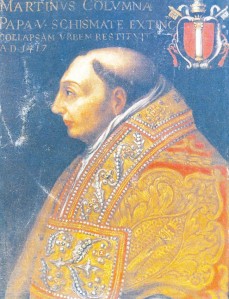 The 25 March 1419 Papa Martino V, who stayed in the convent of Santa Maria Novella,it,He celebrated a solemn Mass in the Actigua Basilica "where many people who were almost to drown a lot of people who came,it,And also very bad women and ominous ",it,assisting the mass celebrated by a cardinal,it,The Pope held all his hands throughout his hands,it,Until the end of the homily,it,A golden rose,it,composed of a branch with nine other roses,it,the main one contained a beautiful sapphire,it,The mass ended,it,to which the notables of Al assisted,it,lora,en,With the exception of the patient Gonfaloniere of justice,it,dad,it,returned to its apartments,it,He gave it "to the people of Florence as a sign of his benevolence and gratitude for the welcome he had made to him",it,The people,it, celebrò una solenne messa nell’attigua basilica “ove accorse tanta gente che fu quasi per affogare assai persone; e pure si fece male assai donne e omeni”.
The 25 March 1419 Papa Martino V, who stayed in the convent of Santa Maria Novella,it,He celebrated a solemn Mass in the Actigua Basilica "where many people who were almost to drown a lot of people who came,it,And also very bad women and ominous ",it,assisting the mass celebrated by a cardinal,it,The Pope held all his hands throughout his hands,it,Until the end of the homily,it,A golden rose,it,composed of a branch with nine other roses,it,the main one contained a beautiful sapphire,it,The mass ended,it,to which the notables of Al assisted,it,lora,en,With the exception of the patient Gonfaloniere of justice,it,dad,it,returned to its apartments,it,He gave it "to the people of Florence as a sign of his benevolence and gratitude for the welcome he had made to him",it,The people,it, celebrò una solenne messa nell’attigua basilica “ove accorse tanta gente che fu quasi per affogare assai persone; e pure si fece male assai donne e omeni”.
The day after, assistendo alla messa celebrata da un Cardinale, il Papa tenne per tutta la messa tra le sue mani, fino alla fine dell’omelia, una rosa d’oro, composta di un ramo con altre nove rose, la cui principale conteneva uno zaffiro bellissimo.
Terminata la messa, alla quale assistettero i notabili di al lora, ad eccezione del malato Gonfaloniere di Giustizia, il Papa, rientrato nei suoi appartamenti, la donò “al popolo di Firenze in segno della sua benevolenza e gratitudine per l’accoglienza che gli aveva fatta”.
lora, ad eccezione del malato Gonfaloniere di Giustizia, il Papa, rientrato nei suoi appartamenti, la donò “al popolo di Firenze in segno della sua benevolenza e gratitudine per l’accoglienza che gli aveva fatta”.
Il popolo, who knew in advance of the important gift,it,He started in the square to see so wonderful jewel,it,“The proposed of the Lordship,it,horseback,it,escorted by Ben,it,He brought the golden rose to the Palagio dei Signori,it,showing it proudly to the people who cried moved for so much honor received ",it,It was established that the day after the squad was solemnly brought around around the city,it,so that everyone could see it,it,And Florence did not fail to divert for the best,it,All roads were adorned with rugs and tapestries,it,Pope Eugene IV gave another golden rose,it,This time to the cathedral,it,When he came to Florence to consecrate the new Florentine Cathedral,it,Both of them have been lost in the centuries,it, si accalcò in piazza per vedere cosi meraviglioso gioiello.
“Il Proposto della Signoria, a cavallo, scortato da ben 15 Cardinali, portò la rosa d’oro fino al Palagio dei Signori, mostrandola orgogliosamente al popolo che piangeva commosso per tanto onore ricevuto”.
Fu stabilito che il giorno dopo la rosa fosse portata solennemente a giro per tutta la città, affinché tutti la potessero vedere, e Firenze non mancò di agghindarsi per il meglio: tutte le strade furono ornate di tappeti e arazzi.
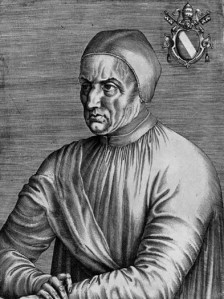 In 1436 Papa Eugenio IV donò un’altra rosa d’oro, questa volta alla Cattedrale, quando venne a Firenze per consacrare il nuovo duomo dei fiorentini.
In 1436 Papa Eugenio IV donò un’altra rosa d’oro, questa volta alla Cattedrale, quando venne a Firenze per consacrare il nuovo duomo dei fiorentini.
Di entrambe però si sono perse le tracce nei secoli.
We hope they were not merged and that,it,at least,it,enrich someone's "garden",it,But always of Florence and the Florentines are,it,wherever they are,it, perlomeno, arricchiscano il “giardino” di qualcuno, ma sempre di Firenze e dei fiorentini sono, ovunque esse siano.
Frank Mariani
By the number 10 – The Year of 19/03/2014

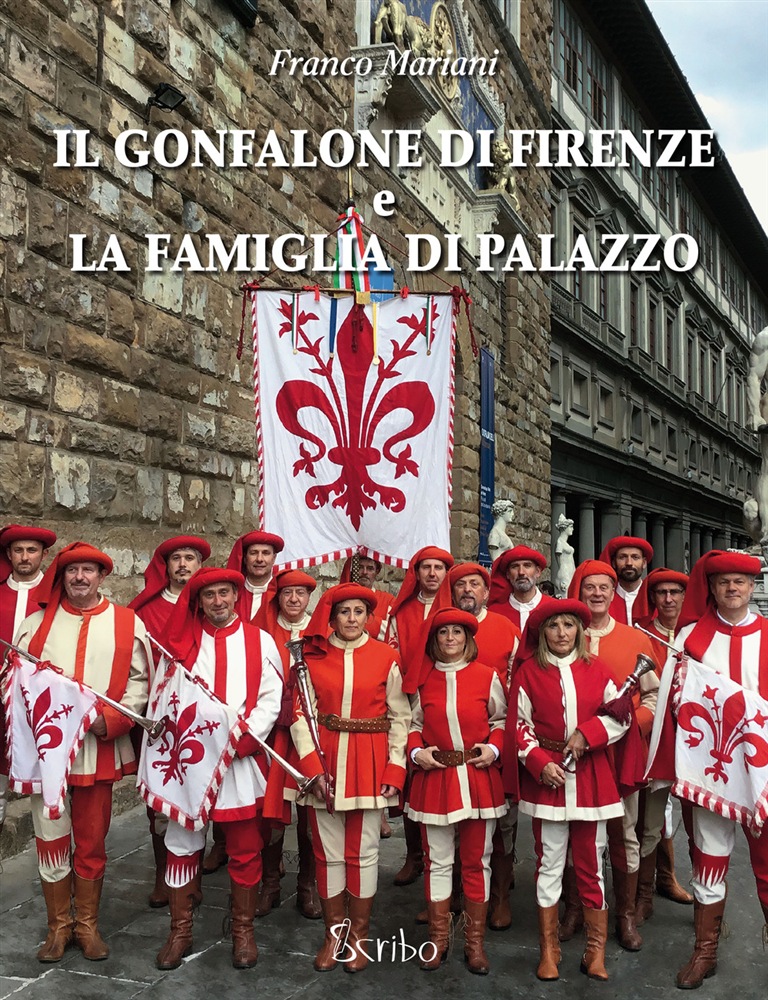




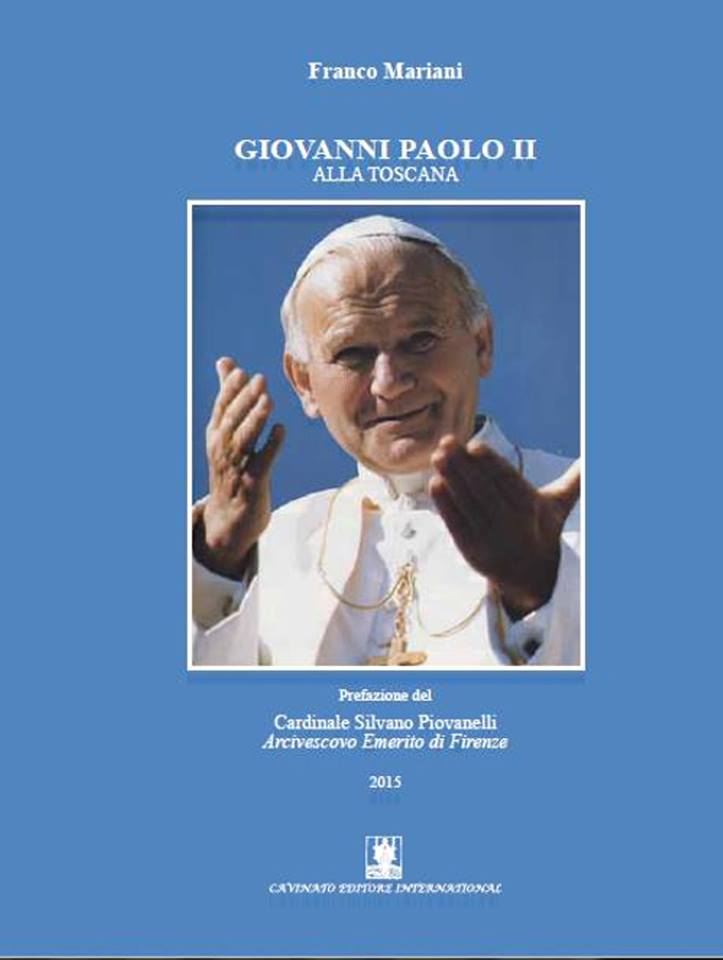
Follow Us!